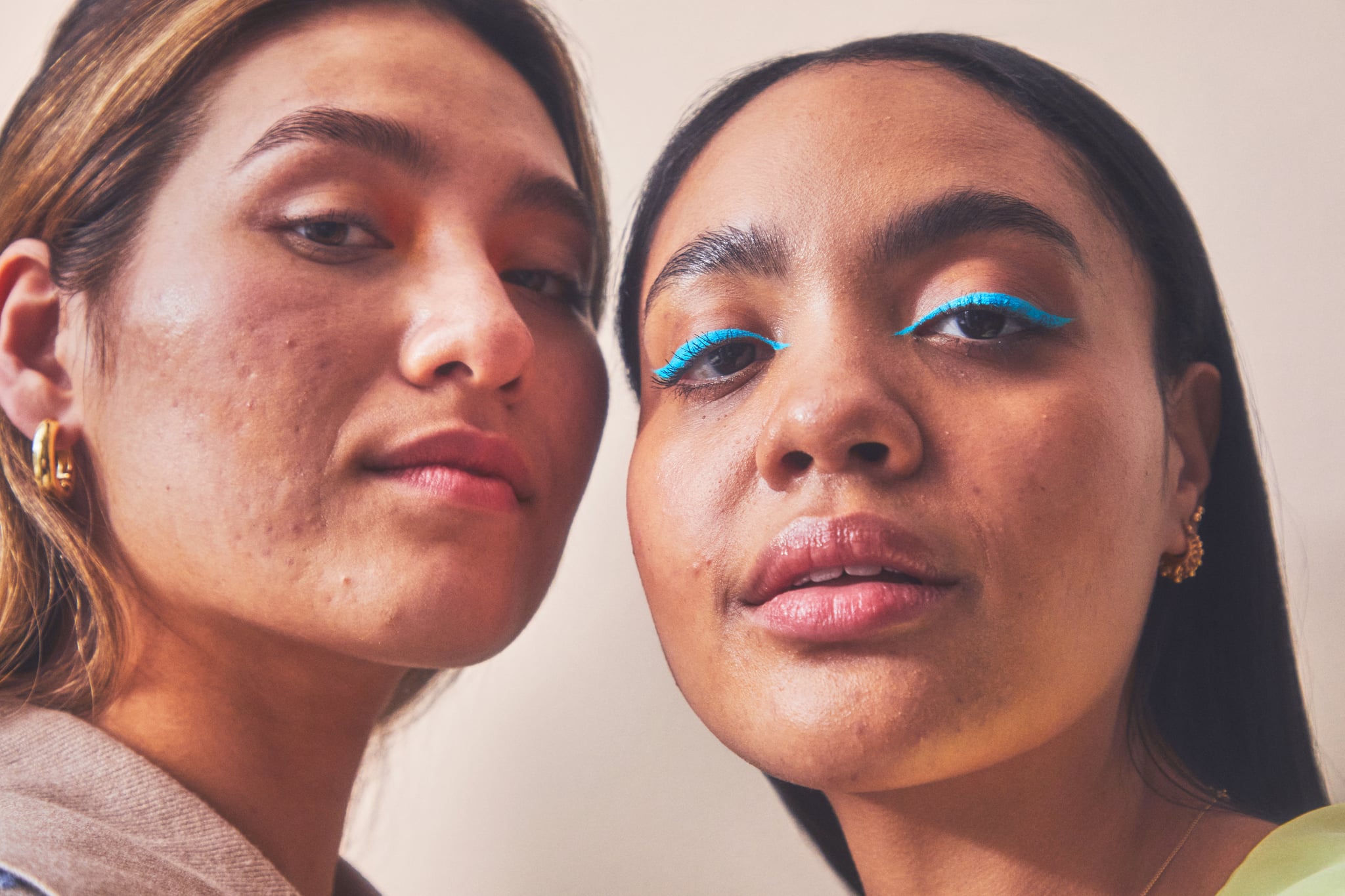Is That Spot a Pimple or a Boil? A Dermatologist Explains
- Much has been discussed regarding pimples, but the same can’t be said for another skin condition: boils.
- While both skin conditions present themselves similarly, they require different treatments.
- We asked a dermatologist how to tell when it’s a boil vs pimple.
We’ve all been there: You’re going about your daily routine when suddenly there’s an angry red bump looking at you in the mirror. It’s red, it’s painful, maybe it has a white tip in the center.
The first thing you might be tempted to do is to pop said bump, which is never a good idea. Not only can touching your skin introduce more bacteria the area, but what you see may not be an acne blemish after all, but rather a boil, which looks similar to a pimple but requires a completely different treatment.
If you can’t spot the difference between a boil or a pimple, we asked board-certified dermatologist Hadley King, MD, to break down how exactly to tell the difference between the two ahead.
The Difference Between a Boil Vs a Pimple
Let’s start with the basics. “A pimple, or acne, is an inflammatory process that starts with a clogged pore,” Dr. King tells POPSUGAR. “Although bacteria may contribute to the inflammation, acne itself is not an infection.”
That’s where boils differ: they’re often due to an infection. “A boil, or furuncle, is a bacterial infection in the skin often caused by staph or strep bacteria,” Dr. King says. “Staph” also known as staphylococcus bacteria, and “strep,” or streptococcus bacteria, are types of germs that are extremely commonplace on the human body. The former is more commonly found on the skin and in the nose, and the latter, the skin or the throat.
Both boils and pimples present themselves as red bumps that may at times be pus-filled, can look inflamed, and be painful to the touch. The best way to know for sure if it’s a boil is if the skin around the bump also becomes increasingly painful, takes longer to heal, and continues to get bigger, despite your best efforts to care for it at home.
The Stages of a Boil
While not all boils are the same, there are some common symptoms of a boil that you may be able to recognize. According to WebMD, while a boil can start off small, they are often painful and typically grow in size over the course of the infection. The signs of a severe infection include:
- The skin around the boil becomes infected. It turns red, painful, warm, and swollen.
- More boils appear around the original one.
- You develop a fever.
- Your lymph nodes may become swollen.
While boils don’t show up on certain skin tones or types more than others, there are some people who are more predisposed to getting them than others. “People colonized by more of the certain bacteria that causes boils are more likely to experience boils than others,” Dr, King says. While there is no physical way to tell at home if you have more of a certain bacteria than can cause boils, a good indicator is if you get the bump quite often. Then, to be sure, you can go to a doctor for a culture, which is a test used to identify whether you have a bacterial infection.
How to Differentiate a Pimple Versus a Boil
https://www.instagram.com/p/BtYlOBHgjGg/
Now that you know the difference between a pimple and a boil, there is a way to tell the difference between the two on your body, and it all has to do with location. “Acne lesions are most commonly found in acne-prone areas of the skin, such as the face, neck, chest, upper back, and sometimes buttocks,” Dr. King says. “Furuncles (or boils) can happen anywhere. Furuncles are more likely to be painful, red, warm and swollen, and to have pus.”
https://www.instagram.com/p/CBGGtbWHV8m/
The presenting symptoms of a boil may sound an awful lot like a cystic acne flare up, which is why it’s important to know the difference because treatment is not one in the same.
How to Treat a Boil
The reason you don’t want to pop that mysterious bump on your body is because boils aren’t just a clogged pore and may require an actual treatment plan to get to the root of the issue. “To treat a boil, it is highly recommended to see your board-certified dermatologist,” Dr. King says. “This is because the lesion may need to be drained, and you may need a culture and oral antibiotics.”
Now that you know the difference between a pimple and a boil, don’t fret if you discover the latter one day when doing a skin check. Follow the advice given by Dr. King and you will have an effective treatment plan in place in no time.
Source: Read Full Article
